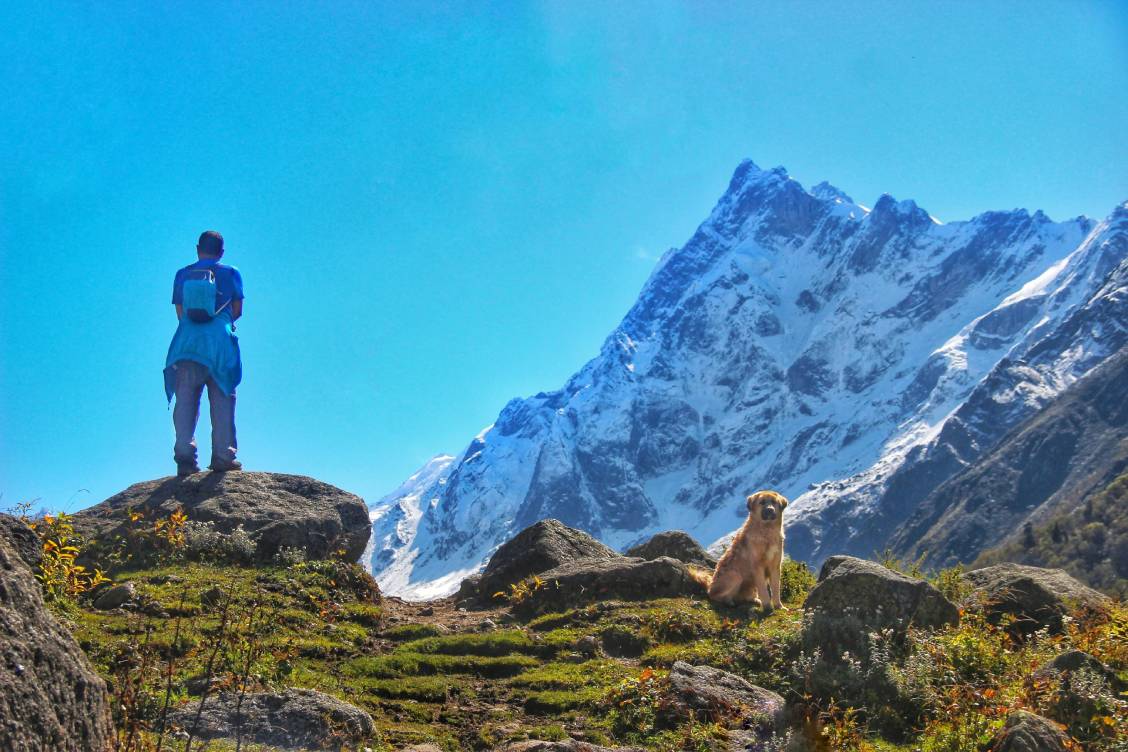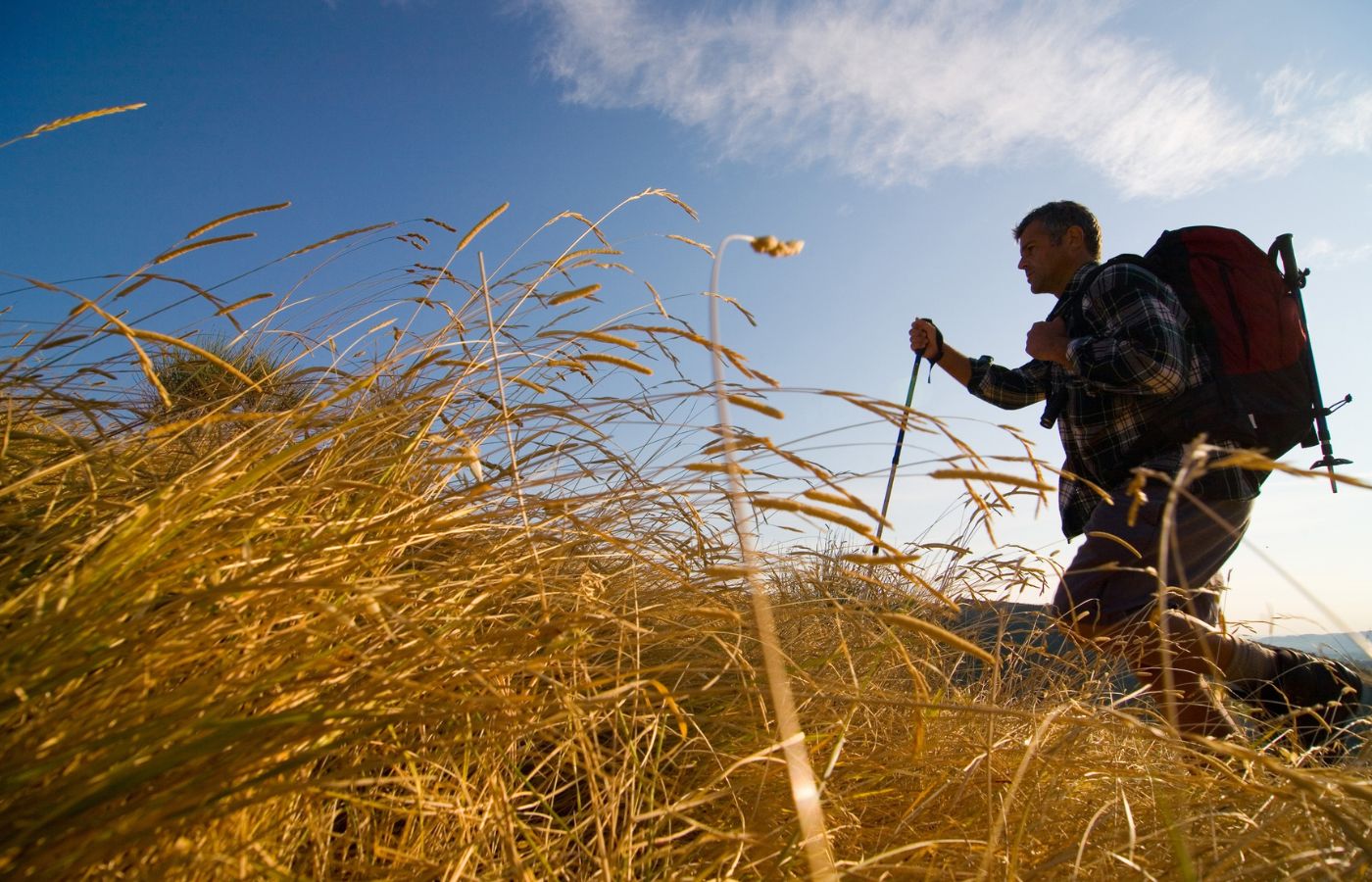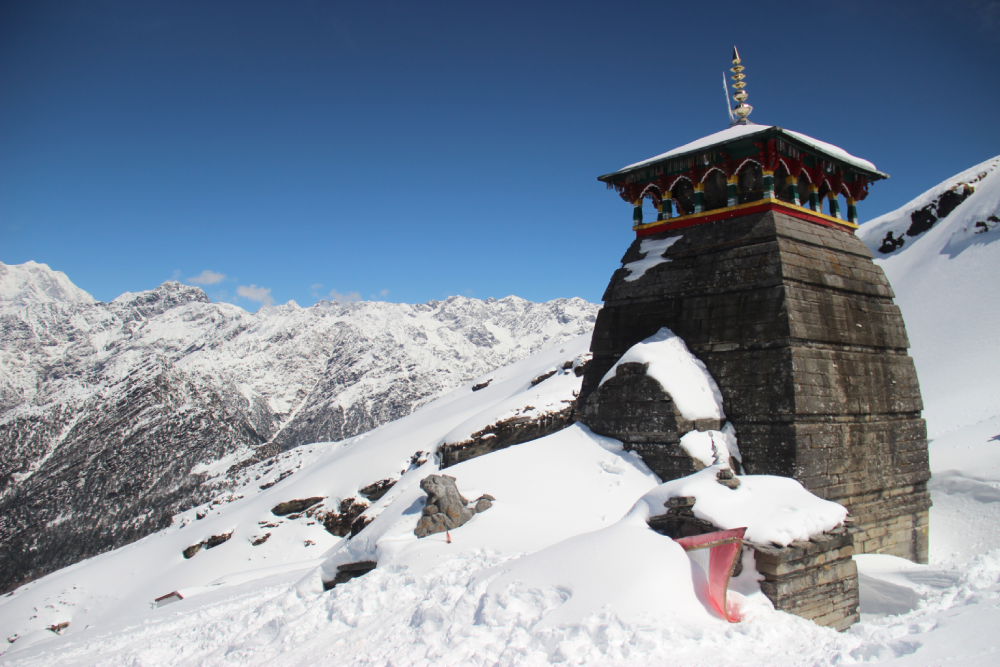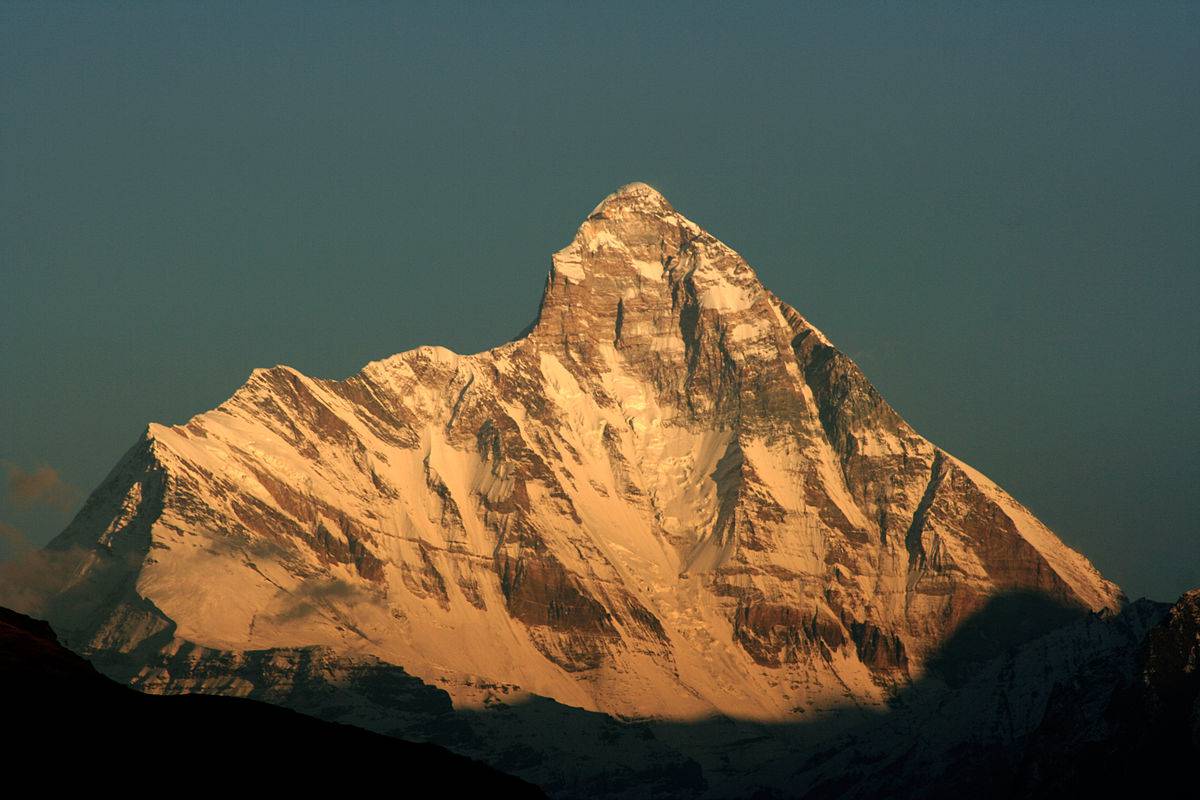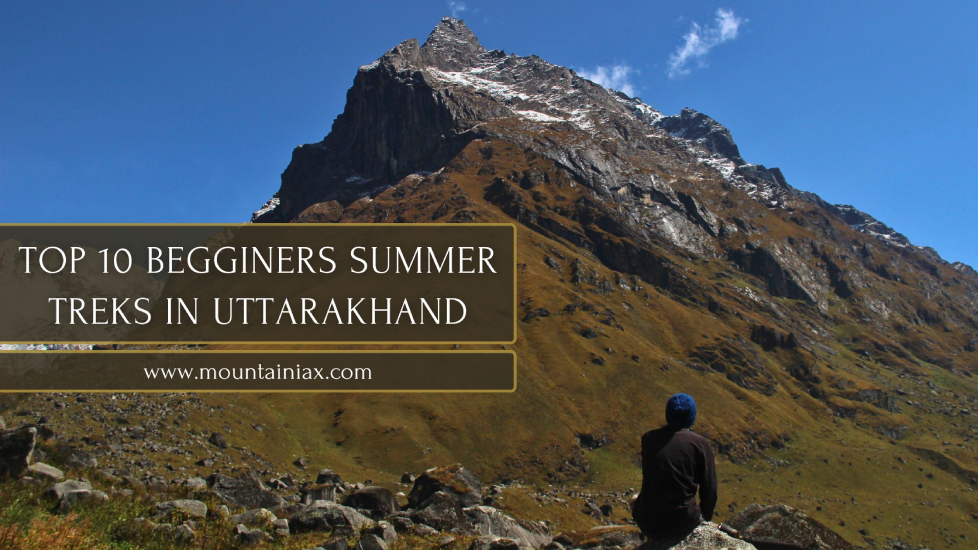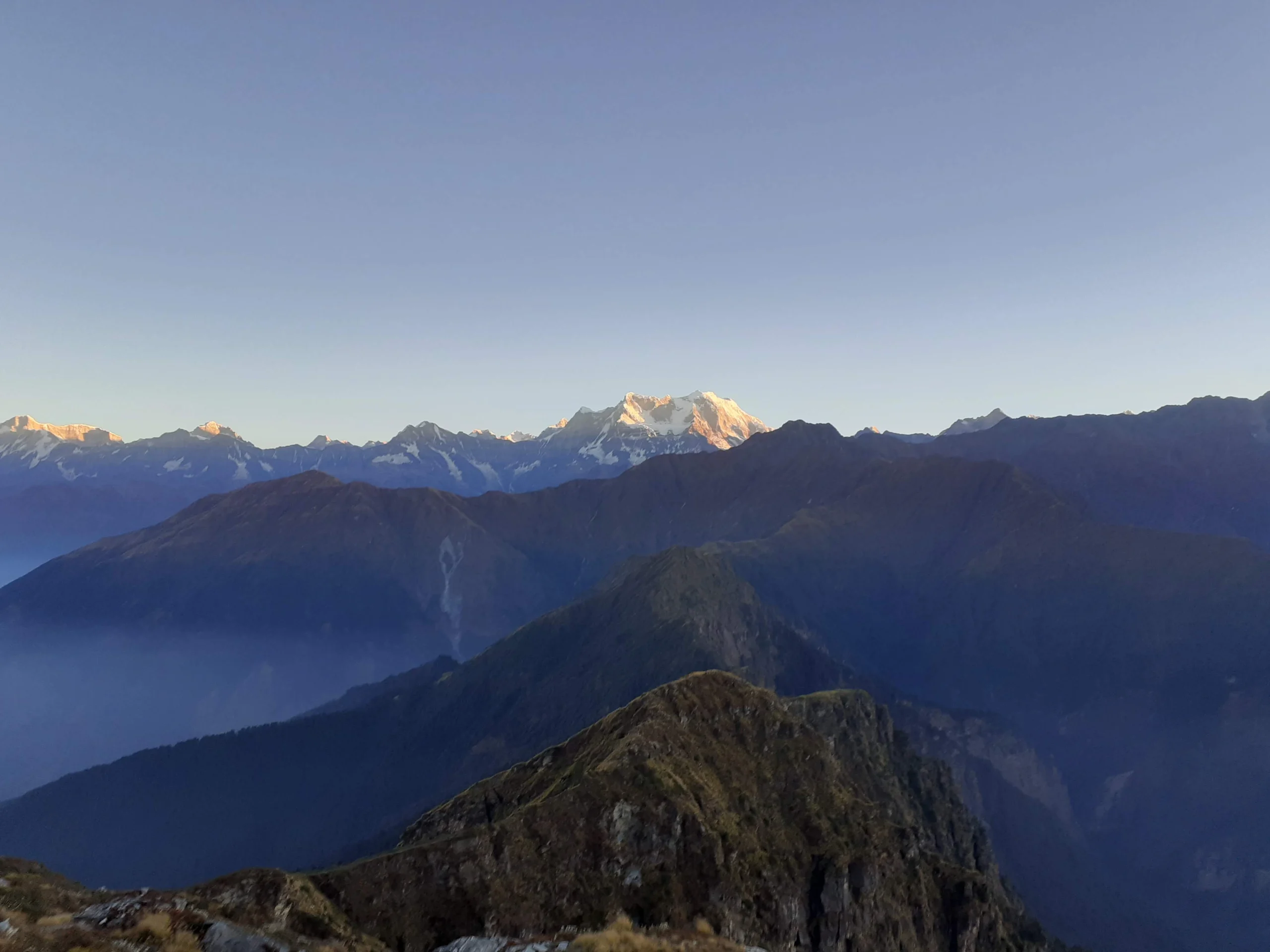There’s something about the Himalayas that stirs the soul. Maybe it’s the crisp mountain air, the quiet you can feel, or the way time seems to stretch and soften. And tucked away in the Garhwal range is a trek that captures all of this, and more. Trek of Dayara Bugyal is a trail where grassy meadows stretch as far as your eyes can see, snow-capped peaks peek over the horizon.
You could be a beginner dreaming of your first Himalayan escape or an experienced trekker craving another brush with raw nature, Dayara Bugyal trek checks all the boxes. It’s scenic, it’s accessible, and most importantly, it feels personal.
Quick Overview of Dayara Bugyal Trek
If you’ve ever wished to wake up to the sound of a distant silence, this is the trek you should choose. Birds are your alarm clock. You step into a meadow so vast it feels like the Earth decided to lie down and stretch out. That’s Dayara Bugyal, where “Bugyal” quite literally means “high altitude meadow” in the local dialect.
The Dayara Bugyal trek location sits at a sweet spot in Uttarakhand, not too remote to feel out of reach, but just far enough to unplug from the buzz of everyday life. At its highest point, you’ll touch approximately 12,000 feet (3,660 meters), that’s the Dayara Bugyal trek height, and yes, it’s high enough to make the views spectacular, but low enough to be friendly for beginners.
Dayara Bugyal Trek Distance
Let’s get to the important detail, which is, the Dayara Bugyal trek distance. The round-trip trek from Barsu (the starting point) typically spans about 18 kilometers, spread across 4 to 6 days (According to the itinerary). But the beauty of it is that the trail isn’t a relentless grind. It lets you warm up. You’ll start with gentle ascents through oak and rhododendron forests, then climb gradually until the forest clears, and that first sight of the meadows hits you like a quiet thunderclap.
If you’re wondering about the Dayara Bugyal trek distance from Barsu, it’s roughly 9 kilometers one way, which makes it accessible for most trekkers with average fitness levels.
Of course, no trek is without its effort. Day 3, in particular, can feel demanding due to longer trekking hours. That’s when your pre-trek fitness comes in handy. Even a few weeks of walking, light jogging, or stair climbing can make a world of difference.
Trek Condition Across the Seasons
One of the best things about Dayara Bugyal is how different it feels depending on the time of year. Want a snowy wonderland? Or rolling green hills? Or a golden, windswept dreamscape? This trek has all three, you just have to pick your season.
Spring & Summer (April to June)
This is when the meadows come alive. Wildflowers bloom in every color imaginable, and the grass glows under the soft sun. The Dayara Bugyal trek temperature during this time stays between 10°C to 20°C during the day and drops a bit at night. It’s comfortable, vibrant, and great for photography.
Monsoon (July to early September)
Though the trail becomes lush, the rain can make trekking slippery and the meadows misty. Most trekking companies pause operations during this period.
Autumn (Mid-September to November)
Arguably the Dayara Bugyal trek best time if you love those crisp, golden mountain days. The sky is crystal clear, the grass turns honey-colored, and the views stretch for miles.
Winter (December to February)
Welcome to a white paradise. The Dayara Bugyal trek in December is nothing short of magical. Snow blankets the meadows, trees sparkle with frost, and the silence is deafening, in the best way. Just know that water sources freeze, so carrying purified water or purification tablets is key. This is when the Dayara Bugyal trek winter version comes to life. It’s cold (think -5°C to -10°C at night), but absolutely worth it.
Following the Route: Step by Step
While there are a few trail variations, here’s the standard Dayara Bugyal trek itinerary:
Day 1: Dehradun to Barsu
Altitude: 7,500 ft
Distance: 186 km
Drive Time: 8 hours
The Dayara Bugyal trek begins with a long yet scenic drive from Dehradun to Barsu. No matter how you arrive in Dehradun, by flight or train, the transition from urban energy to mountain calm is immediately noticeable.
By the time you reach Barsu, a charming Himalayan village and the base for the Dayara Bugyal trek. Barsu sits comfortably at 7,500 feet and offers breathtaking views of the valley below.
Day 2: Barsu to Barnala Tal
Trek Distance: 4 km
Trek Time: 3 hours
Altitude Gain: 7,500 ft to 9,000 ft
The trek officially begins on day 2 with a moderate ascent from Barsu to Barnala Tal. The trail spans approximately 4 kilometers and takes about three hours to complete at a comfortable pace.
One of the most memorable features of this section is its biodiversity. The Himalayan Monal, the state bird of Uttarakhand, is occasionally spotted in these woods. The trail is well-marked and not overly strenuous, making it suitable for families and beginners.
Day 3: Barnala Tal to Dayara Top and Return
Trek Distance: 10 km (round trip)
Trek Time: 6 hours
Altitude: 9,000 ft to 11,800 ft and back
This is the most rewarding day of the trek, both in terms of effort and experience.
The trail from Barnala Tal to Dayara Top is a steady uphill climb, covering approximately 5 kilometers one way. At the summit, standing at around 11,800 feet, the view is breathtaking. Snow-covered mountains such as Bandarpoonch, Srikanth, and Black Peak rise proudly on the horizon.
The views from Dayara Top are what make this trek one of the most visually stunning in India. After spending ample time at the top for photography and relaxation, you retrace your steps back to Barnala Tal for your final night at camp.
Day 4: Barnala Tal to Barsu and Drive Back to Dehradun
Trek Distance: 4 km
Trek Time: 3 hours
Drive Distance: 186 km
Drive Time: 8 hours
Your final day begins with a gradual descent from Barnala Tal to Barsu. With the hardest part of the trek behind you, you can take your time and enjoy the surroundings at a slower pace.
Once you reach Barsu, it’s time to board your vehicle and begin the return journey to Dehradun. Though it’s an eight-hour drive, the scenery and the sense of accomplishment make it feel shorter.
Can Kids and Families Do This Trek?
Yes, and not just “yes”, this trek is practically made for it.
The Dayara Bugyal Trek is one of the few Himalayan treks that balances adventure with approachability, making it a rare gem for families. It’s been tried, tested, and loved by families with children as young as 7 and seniors in their sixties, something that’s echoed again and again.
So, what makes it so family-friendly?
A Trail That Welcomes Everyone
The Dayara Bugyal trek distance spans about 5–8 kilometers per day, depending on your pace and itinerary. That might sound like a lot to a seven-year-old, but the magic lies in how the trail unfolds gently, gradually, and without overwhelming climbs. The Dayara Bugyal trek route doesn’t throw challenges for the sake of it. It lets you settle in, breathe, and enjoy the journey.
For kids, this means plenty of breaks to chase butterflies or build snowmen (especially during the Dayara Bugyal trek in Winters). For parents and grandparents, it means enjoying the trek without worrying about tricky or risky patches.
Safe, Scenic, and Surprisingly Engaging
You won’t find technical sections or exposed cliff walks here. The paths are safe and well-trodden. Add to that the sheer beauty of the place and you’ve got a natural playground that keeps kids curious and motivated.
And the views? Let’s just say, if your child has only seen mountains in storybooks, this trek will be their live-action fairy tale.
It’s a Cultural Experience
The trek starts from Barsu, a quaint mountain village where kids and adults alike can get a taste of local Garhwali life. Many families take the chance to visit ancient temples, interact with friendly locals, and learn how traditional Himalayan homes are built. It adds a layer of cultural discovery to the adventure and turns your vacation into something far more meaningful.
Built-In Flexibility
The Dayara Bugyal trek itinerary includes short hikes and acclimatization days, which work perfectly for families. If your group needs to take it slow, many Dayara Bugyal trek packages can adjust the schedule or assign extra support staff to help kids along the way.
And yes, meals matter. Most operators include child-friendly food, warm drinks, and experienced guides who are used to working with younger trekkers.
Preparation Makes All the Difference
While the trail is welcoming, a bit of pre-trek prep goes a long way. Encourage children to walk, hike, or play outdoors regularly a month or two before the trip. It builds stamina without turning it into a “training session.” Pack plenty of warm clothing, especially if you’re opting for the Dayara Bugyal trek winter season, and don’t forget extra mittens or neck warmers.
For seniors, a quick doctor’s consultation and some light fitness routines, like walking or yoga can ensure they’re ready for the trail.
Weathering the Weather
Knowing the Dayara Bugyal trek weather patterns can help you pack smart.
- Spring/Summer: Light woolens, a raincoat, sunglasses, sunscreen.
- Autumn: Layered clothing, gloves, thermals.
- Winter: Heavy jackets, waterproof shoes, extra woolens, and hot water bags (if you can sneak one in).
Since weather can flip fast in the Himalayas, always check the forecast a day before your trek and talk to your guide about last-minute changes.
Maps to Memories
We’ve all stared at Dayara Bugyal trek maps while dreaming of the trail. But they don’t quite do justice to the real thing. You can trace the switchbacks, study the elevation lines, and mark your campsites. But the map won’t tell you how it feels when the first snowflake lands on your glove. Or how silent the world gets just before sunrise.
That said, maps are still your friend. Download an offline one, keep a compass handy (or a GPS tracker if you’re venturing solo), and let it guide you, but not define the experience.
Common Challenges on the Trail And How to Handle Them
Despite being beginner-friendly, the Dayara Bugyal Trek is still a Himalayan journey. That means nature, while beautiful, is also unpredictable. Here’s a heads-up on a few things you might face along the way and how to manage them smartly.
1. Altitude Acclimatization
At a Dayara Bugyal trek height of around 11,900 feet, the air is thinner, and oxygen levels drop. Some trekkers, especially first-timers, may experience mild symptoms of altitude sickness: headaches, fatigue, or nausea.
The good news is that the itinerary is built for this. With gradual climbs and built-in rest points, your body gets time to adapt. Just stay hydrated, avoid rushing, and inform your guide if you feel off.
2. The Steep Push to Dayara Top
The climb from Gui to Dayara Top involves a sharp half-hour ascent. It’s short but steep enough to challenge your lungs a bit. This is where trekking poles and a steady rhythm help a lot. Take breaks, soak in the surroundings, and don’t be shy about pacing yourself.
3. Weather Changes
The Dayara Bugyal trek weather can turn from bright and sunny to cold and windy within an hour especially at higher altitudes. Winter months especially bring extra unpredictability.
Pack layers. Always. A moisture-wicking base, an insulating mid-layer, and a windproof outer jacket are your holy trinity. Add a rain cover, waterproof shoes, and sunglasses to the mix, and you’re good to go.
4. Snow Trails in Winter
Thinking of doing the Dayara Bugyal trek in December? Expect snow, and lots of it. While the white landscape is a dream come true, it also means slippery patches and a different kind of walk.
Most trek packages include crampons (those spiky add-ons for your boots), but knowing how to walk on snow helps too. Guides are there to assist, and you’ll quickly get the hang of it with a bit of practice.
5. Physical Endurance on Longer Days
The longest stretch is usually on Day 3, when you reach Dayara Top and then descend to your next camp. It’s a long but manageable day if you’ve built up even basic fitness.
Encourage your kids to move around more in the weeks before the trek. For adults, some stair climbing, brisk walking, or cycling can build the stamina needed to actually enjoy the views rather than just chase the finish line.
6. Limited Water in Winter
In the colder months, many of the natural water sources freeze up. That’s why it’s smart to carry enough water and pack purification tablets or a small water filter. Stay hydrated even in the cold, your body needs more fluids than you think.
Final Words Before You Lace Up
The Dayara Bugyal trek route is like a doorway. One that leads to a quieter, slower world where things make a little more sense. You don’t need to be a mountaineer. You don’t need fancy gear. You just need a willing heart, a bit of prep, and the courage to say yes.
So here’s what you do: pick your season, book your Dayara Bugyal trek package, print out those Dayara Bugyal trek maps, and start training. Look up some Dayara Bugyal trek photos to fuel your excitement. Check the Dayara Bugyal trek temperature for your dates. Read a few Dayara Bugyal trek reviews if you still need convincing.
And then? Just go.
If you are looking for best trekking agency connect: mountainiax


